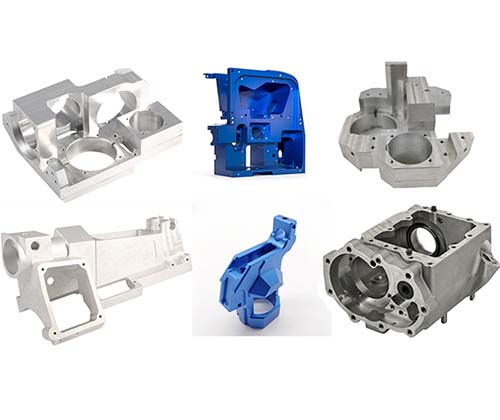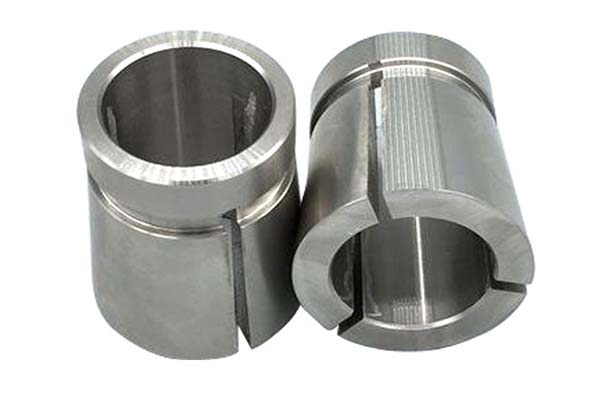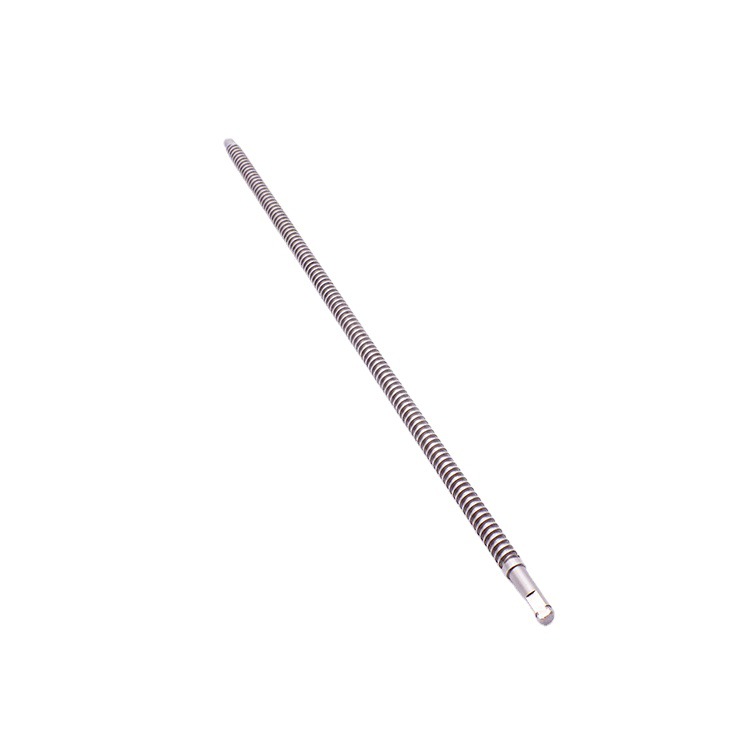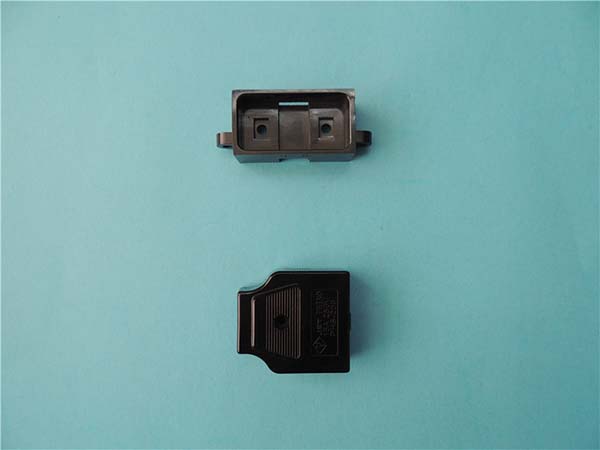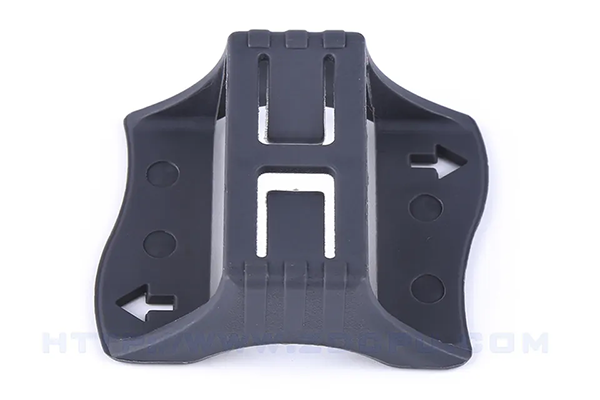Introduction
In the dynamic landscape of modern manufacturing, businesses are constantly seeking ways to optimize their operations, reduce costs, and enhance product quality. One strategy that has gained significant traction is outsourcing CNC machining services. This article delves into the numerous benefits that outsourcing CNC machining can bring to companies, regardless of their size or industry. Whether you're a startup looking to minimize initial investment or an established enterprise aiming to streamline your production processes, understanding these advantages can be the key to unlocking greater efficiency and competitiveness.
What is Outsourcing CNC Machining Services?
Outsourcing CNC machining services involves entrusting the precision manufacturing tasks of computer - numerical - control (CNC) machining to external, specialized providers. Instead of maintaining an in - house CNC machining department, a company contracts with an outside firm that has the expertise, equipment, and resources to carry out the machining operations. These operations can range from simple part production to highly complex, multi - axis machining projects. The outsourcing partner is responsible for translating the design specifications, often provided in CAD/CAM files, into physical components with tight tolerances and high precision.
Access to Advanced Technology and Expertise
State - of - the - Art CNC Machines
One of the primary benefits of outsourcing CNC machining services is gaining access to the latest and most advanced CNC machinery. Reputable outsourcing providers invest heavily in high - end equipment to stay competitive in the market. For instance, many outsourcing firms are equipped with 5 - axis and even 6 - axis machining centers. A 5 - axis machining center allows for simultaneous movement of the workpiece and the cutting tool along five different axes (X, Y, Z, A, and C). This multi - axis capability enables the production of highly complex parts with intricate geometries that would be extremely difficult, if not impossible, to manufacture using traditional 3 - axis machines.
Take the aerospace industry as an example. Components such as turbine blades require a high degree of precision and complex shapes to ensure optimal performance. A 5 - axis CNC machine can accurately mill, drill, and bore these components in a single setup, reducing the need for multiple operations and minimizing errors. Some advanced 6 - axis machines offer even more flexibility, with additional rotational or linear axes, which are beneficial for manufacturing parts with complex curves and surfaces, like those found in medical implants or high - end automotive components. These state - of - the - art machines are often equipped with features such as high - speed spindles, advanced cooling systems, and precise tool - changing mechanisms, all of which contribute to faster and more accurate machining processes.
Skilled and Experienced Machinists
In addition to advanced equipment, outsourcing partners also have a team of skilled and experienced machinists. These professionals have in - depth knowledge and expertise in various aspects of CNC machining. They are proficient in programming CNC machines using industry - standard software such as CAD/CAM (Computer - Aided Design/Computer - Aided Manufacturing). This software allows them to translate 3D design models into precise machining instructions, ensuring that the final product meets the exact specifications of the client.
These machinists are also well - versed in operating different types of CNC machines. They know how to optimize the machine settings, such as spindle speed, feed rate, and cutting depth, to achieve the best possible results for each specific job. For example, when working with different materials like aluminum, steel, or titanium, they can adjust the machining parameters accordingly to prevent issues such as tool breakage, excessive heat generation, or poor surface finish.
Moreover, the quality control skills of these professionals are invaluable. They are trained to use a variety of inspection tools and techniques, including coordinate measuring machines (CMMs), to ensure that every part produced meets the strict quality standards. Their experience enables them to quickly identify and rectify any potential problems during the machining process, reducing the risk of costly errors and rework.
Case Studies of Complex Projects Successfully Completed
To further illustrate the advantage of outsourcing in terms of technology and expertise, let's look at some real - world case studies. A medical device company was developing a new, highly complex implant. The design required tight tolerances and intricate internal structures. By outsourcing the CNC machining to a specialized provider, they were able to take advantage of the provider's 5 - axis CNC machines and experienced machinists. The outsourcing partner was able to accurately machine the implant from a titanium alloy, meeting all the design requirements. The project was completed on time, and the quality of the final product was so high that it passed all regulatory inspections with flying colors.
Another example is an automotive parts manufacturer that needed to produce a new line of high - performance engine components. The components had complex shapes and required high - precision machining to ensure optimal engine performance. The outsourcing provider used their advanced CNC equipment and skilled team to develop a customized machining process. They were able to achieve the required tolerances and surface finishes, resulting in components that significantly improved the engine's power and efficiency. These case studies demonstrate how outsourcing CNC machining services can enable companies to successfully complete complex projects that might otherwise be challenging to execute in - house.
Focus on Core Competencies
How Outsourcing Frees Up Internal Resources
Outsourcing CNC machining services allows companies to allocate their internal resources more effectively. When a company decides to outsource these services, it no longer needs to invest substantial amounts of time, money, and personnel in maintaining an in - house CNC machining operation. This includes expenses such as purchasing and maintaining CNC machines, hiring and training machinists, and managing the machining process.
For example, the cost of a high - end 5 - axis CNC machining center can range from \(100,000 to over \)500,000, not to mention the ongoing costs of maintenance, software upgrades, and replacement parts. By outsourcing, a company can avoid these capital expenditures and instead direct those funds towards activities that are central to its business success.
Moreover, the time and effort spent on managing an in - house machining department can be redirected. Employees who were previously occupied with machining - related tasks can now focus on activities like product research and development, which are crucial for a company's long - term growth. For instance, engineers can spend more time on designing innovative products, and marketing teams can concentrate on expanding the company's market share. This redirection of resources enables a company to operate more efficiently and with a sharper focus on its core competencies.
Real - World Examples of Companies Benefiting from Focusing on Core Competencies
A well - known example is a software - focused startup that was developing a new, high - tech medical device. The device required precision - machined plastic and metal components. Instead of setting up an in - house CNC machining operation, which would have been a massive investment in terms of both time and money, the startup outsourced the CNC machining to a specialized provider. This allowed the startup's in - house team, consisting mainly of software engineers and medical experts, to fully concentrate on developing the software algorithms and ensuring the medical functionality of the device. As a result, they were able to bring the product to market much faster than if they had tried to manage the machining process internally. The product was a huge success, and the company quickly grew into a leading player in the medical technology field.
Another example is a mid - sized automotive parts manufacturer. By outsourcing its CNC machining services, the company was able to free up its engineering and production teams to focus on improving the overall design and performance of its products. They could invest more time in research and development, testing new materials, and enhancing the manufacturing processes of other components that were more closely related to their core business. This led to the development of a new line of high - performance automotive parts that significantly increased the company's market share and profitability. These real - world cases demonstrate the tangible benefits of outsourcing CNC machining services to focus on core competencies.
Yigu Technology's View
As a non - standard plastic and metal products custom supplier, Yigu Technology firmly believes that outsourcing CNC machining services can be a game - changer for many businesses. With our state - of - the - art facilities and a team of highly skilled professionals, we understand the importance of leveraging external expertise.
Outsourcing allows companies to tap into a wealth of resources without the need for large - scale internal investments. At Yigu Technology, we have advanced CNC machines that can handle the most intricate designs, ensuring high - quality outputs. Our strict quality control system guarantees that every product meets the highest standards. We are committed to providing customized solutions to meet diverse customer needs, whether it's a small - scale prototype or large - volume production. By outsourcing to us, businesses can focus on their core operations while we take care of the precision manufacturing, ultimately leading to increased efficiency and cost - effectiveness.
FAQ
1. Is outsourcing CNC machining more expensive than in - house machining?
Not necessarily. While there are costs associated with outsourcing, companies can avoid the high initial investment in equipment, ongoing maintenance, and staff training. Outsourcing can also reduce production costs due to the economies of scale and expertise of the outsourcing provider. A cost - benefit analysis often shows that outsourcing can be more cost - effective, especially for small and medium - sized enterprises.
2. How can I ensure the quality of outsourced CNC - machined parts?
Reputable outsourcing providers like Yigu Technology have strict quality control processes in place. They conduct raw material inspections, in - process checks, and final inspections using advanced measurement tools. Additionally, many hold quality certifications such as ISO 9001, which ensure they follow international quality standards. You can also request sample parts before starting a large - scale production run.
3. What types of industries can benefit from outsourcing CNC machining services?
Nearly all industries that require precision - machined parts can benefit. This includes aerospace, automotive, medical, electronics, and consumer goods industries. For example, the aerospace industry needs high - precision components, and outsourcing can provide access to the latest technology and expertise. Smaller consumer goods companies can also outsource to quickly produce prototypes and scale up production as needed.
Conclusion
Outsourcing CNC machining services offers a plethora of advantages for businesses across various industries. It provides access to advanced technology and highly skilled machinists, allowing companies to produce high - quality, complex parts that might be otherwise difficult to manufacture in - house. By outsourcing, businesses can focus on their core competencies, making more efficient use of internal resources and driving innovation in their key areas. The flexibility and scalability offered by outsourcing enable companies to adapt to changing market demands, whether it's a sudden increase in production volume or dealing with seasonal fluctuations. Additionally, the stringent quality control processes and certifications of outsourcing providers ensure that the final products meet the highest quality standards.
In today's competitive business environment, where efficiency, quality, and cost - effectiveness are crucial, outsourcing CNC machining services can be a strategic move for companies looking to enhance their competitiveness and achieve sustainable growth. Whether you're a small startup aiming to minimize initial investment or a large - scale enterprise seeking to optimize your production processes, it's worth seriously considering the benefits of outsourcing CNC machining services.

